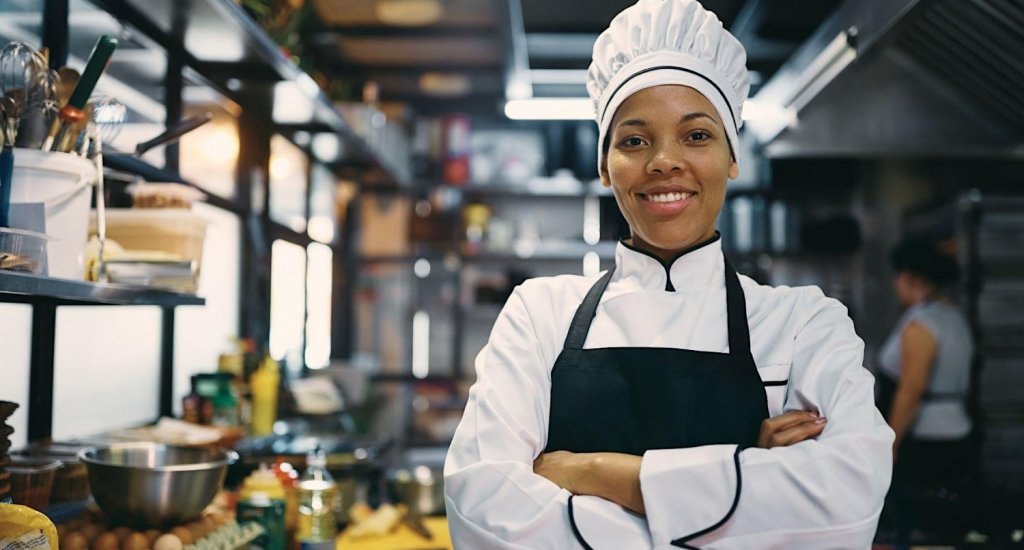In the bustling world of professional kitchens, where creativity meets precision, the significance of hygiene and safety cannot be overstated. Enter HACCP (Hazard Analysis and Critical Control Points), a systematic approach that ensures the production of safe food. While this methodology traditionally finds its application in food handling and processing, let’s delve into the critical role it plays in the realm of chef wear and workwear, emphasizing the importance of correct uniforms in maintaining the highest standards of culinary safety.
Understanding HACCP in Chef Wear:
HACCP is a preventive system designed to identify, assess, and control potential hazards in the food production process. Its principles can be seamlessly extended to the attire worn by chefs and kitchen staff. The kitchen environment, with its dynamic nature and the constant flow of diverse ingredients, demands meticulous attention to safety details.
Chef Wear as a Critical Control Point:
When considering the implementation of HACCP, chef wear emerges as a critical control point that directly influences food safety. Here’s why the right uniforms are indispensable in maintaining HACCP compliance:
- Personal Hygiene: Chef uniforms, including the classic chef coat, hat, and apron, are more than just traditional attire—they are tools for promoting personal hygiene. Uniforms act as a barrier, preventing hair and bodily contaminants from coming into contact with food. This basic yet crucial step significantly reduces the risk of cross-contamination.
- Easy Identification: In a bustling kitchen, clear identification is vital for maintaining order. Uniforms not only contribute to a professional and cohesive kitchen aesthetic but also facilitate easy identification of kitchen staff. This is particularly essential in ensuring that only authorized personnel come in direct contact with food.
- Heat and Flame Resistance: Chef wear, designed with heat and flame-resistant materials, safeguards against potential hazards in a kitchen environment. This is especially important considering the use of open flames, hot surfaces, and equipment that can pose risks to both chefs and the integrity of their uniforms.
- Durability and Cleanliness: Chef uniforms are subjected to rigorous use, involving exposure to various ingredients, heat, and frequent laundering. Choosing durable, easy-to-clean materials ensures that uniforms maintain their integrity, reducing the risk of harboring bacteria and contaminants.
- Footwear and Slip Resistance: The right footwear is a crucial component of chef wear. Slip-resistant shoes are essential for preventing accidents in the kitchen, contributing to both the safety of chefs and the integrity of the food preparation area.
Conclusion:
In the realm of culinary arts, where precision, creativity, and safety converge, HACCP stands as the guardian of food safety. Chef wear, often seen as a mere aspect of tradition, emerges as a silent yet powerful ally in the implementation of HACCP principles. By recognizing the importance of chef uniforms as a critical control point, culinary establishments can elevate their commitment to food safety, creating an environment where both chefs and patrons can savor the artistry of gastronomy without compromising on health and safety standards.




